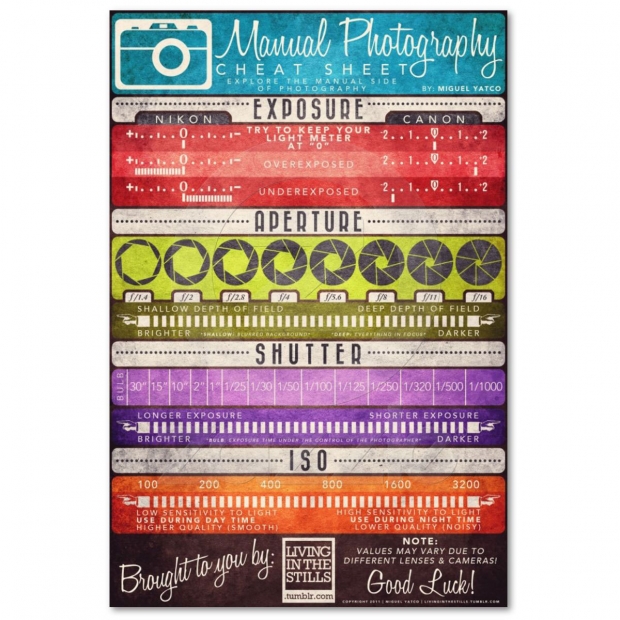What Every Professional Photographer Should Know About Illumination
What Every Professional Photographer Should Know About Illumination
Blog Article
Post Developed By-Parks Polat
As a digital photographer, you know that lights can make or break your pictures. Understanding the subtleties of both natural and artificial light is necessary for recording the state of mind and quality you go for in your job. Whether you're chasing the perfect golden hour glow or fine-tuning your synthetic configurations, grasping these components can elevate your digital photography considerably. However there prevail challenges that several overlook, and acknowledging them can change your technique to every shoot. Allow's discover what https://www.slrlounge.com/why-pro-photographers-are-going-out-of-business/ might be missing out on and how it can influence your outcomes.
Comprehending Natural Light
Comprehending natural light is vital for any kind of photographer aiming to improve their work. It's the foundation of great photography, influencing state of mind, tone, and clearness. When you fire outdoors, take note of the moment of day. The gold hour-- soon after daybreak and prior to sundown-- provides soft, warm light that can transform common scenes into magnificent photos.
Don't ignore the power of cloudy days. Cloud cover diffuses sunshine, developing a soft, even light that's perfect for portraits and macro digital photography. You'll locate colors pop in this kind of lights without rough darkness.
Placing issues, too. Constantly consider your topic's positioning to the light. If the sun's behind your subject, you might end up with a shape, which can be remarkable yet mightn't be what you want. On the other hand, direct sunshine can develop unflattering shadows.
Experiment with angles; occasionally, changing your perspective can generate incredible results. Use all-natural reflectors, like water or sand, to bounce light onto your topic, adding measurement.
Learning Artificial Light
Understanding fabricated light is crucial for digital photographers that wish to take their skills to the following level. Whether you're using speedlights, studio strobes, or constant lights, comprehending just how to control these resources can substantially enhance your images.
Start by acquainting yourself with the basics of light quality, instructions, and color temperature. Try out various modifiers like softboxes, umbrellas, or grids to control the gentleness or cruelty of the light.
You'll locate that soft light commonly creates lovely outcomes, while harsher light can include dramatization and depth. Don't shy away from shadows; they can enhance the three-dimensionality of your subjects.
Pay close attention to the placement of your lights. A light located as well near to your topic can produce uncomplimentary outcomes, while as well far can bring about an absence of detail. Use a light meter or your cam's pie chart to guarantee you're exposing correctly.
Last but not least, keep in mind that fabricated light can be mixed with ambient light for innovative effects. Balancing these sources might take technique, once you grasp it, your photography will genuinely beam.
Methods for Various Circumstances
When you step into different shooting circumstances, adjusting your lights strategies is critical for catching the most effective images. For outdoor portraits, utilize the golden hour-- early morning or late afternoon light-- to soften darkness and boost skin tones.
If it's a rough noontime sun, consider making use of a reflector to jump light back onto your topic or look for shaded areas for a much more also direct exposure.
In Highly recommended Internet page -light situations, like interior occasions, raise your ISO and make use of a wide aperture to let in more light. A tripod can aid eliminate video camera shake, allowing for longer direct exposures without obscuring.
If you're contending night, experiment with off-camera flash to produce vibrant illumination and depth in your pictures.
For item photography, utilize diffused illumination to prevent extreme reflections. Softboxes or light tents can help achieve this effect.
When photographing landscapes, think about the instructions of light and time of day, as it can significantly alter the mood of your shot.
Constantly prepare to adjust your settings and positioning based on the circumstance, as versatility is key to understanding illumination in digital photography.
Final thought
In conclusion, grasping lights is key to boosting your digital photography abilities. Welcome natural light's elegance during golden hour, and do not shy away from try out synthetic light techniques. By adjusting your method to different situations, you'll record sensational pictures that reverberate with emotion and clearness. https://telegra.ph/Just-How-To-Construct-A-Photography-Portfolio-That-Sticks-Out-01-08-2 in mind, the appropriate lights can change a normal shot into something remarkable, so keep exercising and improving your understanding of both all-natural and man-made light. Delighted shooting!
